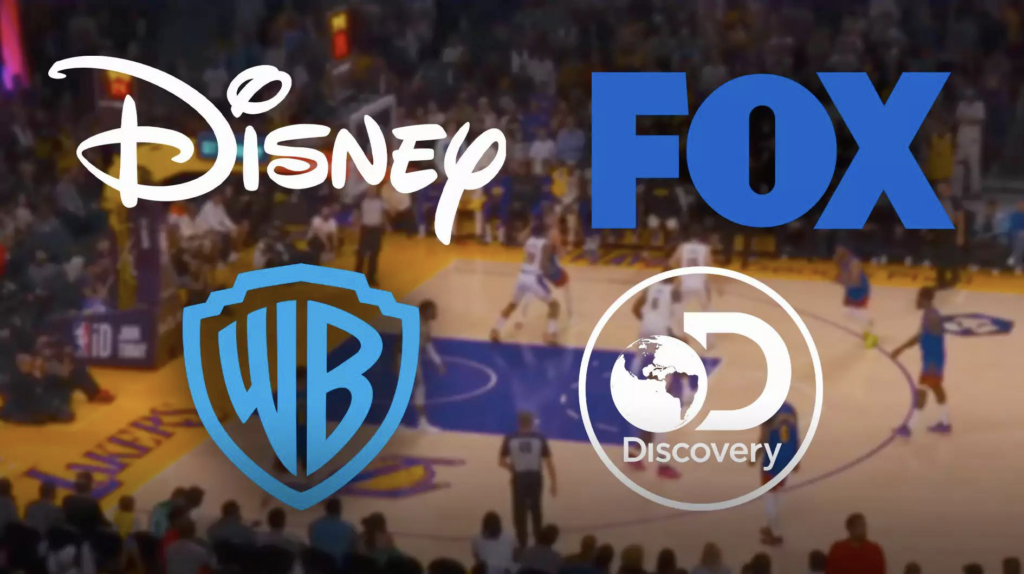In an unprecedented move, Disney, Warner Bros., and Fox have joined forces to launch a new streaming service dedicated to sports. This collaboration marks a significant shift in the sports broadcasting landscape, signaling not just a change in how consumers access sports content but also in how profits are generated and the impact on traditional broadcasting services.

Consumer Impact: Accessibility and Choice
The introduction of this new sports streaming service is set to redefine consumer access to sports content. Traditionally, access to premium sports events has been largely through cable subscriptions, often requiring consumers to pay for extensive channel bundles. The new service promises a more direct and potentially cost-effective way for fans to follow their favorite sports, teams, and athletes.
For consumers, this means increased accessibility and choice. With the ability to subscribe directly to a dedicated sports service, fans can bypass traditional cable packages, opting instead for tailored content. This shift is significant in a world where consumer behavior increasingly favors on-demand and personalized media consumption.
Profit Implications: A Shifting Revenue Model
The collaboration between Disney, Warner Bros., and Fox in launching this service hints at the lucrative potential of streaming sports content. While traditional cable has long reigned supreme in sports broadcasting—commanding high advertising rates and subscription fees—the landscape is evolving. Streaming services offer a diversified revenue model, combining subscription fees with targeted advertising and potentially exclusive pay-per-view events.
For the companies involved, this move is not just about capturing the existing market but expanding it. By offering more flexible access to sports content, they can tap into a broader audience, including younger viewers who may not subscribe to traditional cable. The global streaming market is expected to reach $184.3 billion by 2027, according to a report by Grand View Research, highlighting the significant profit potential of this venture.
Impact on Traditional Services: A Call for Adaptation
The launch of this new sports streaming service poses a direct challenge to traditional cable and satellite providers. As consumers migrate to streaming for their sports content, traditional broadcasters may see a decline in subscribers. This shift could force cable companies to rethink their sports offerings and pricing models, potentially leading to more a la carte options or bundled sports packages at competitive prices.
However, traditional broadcasters still hold rights to many live sports events, a significant leverage point. The challenge will be to innovate and adapt in a rapidly changing media landscape to retain viewership and revenue.
Intersection of Sports, Access, Viewership, and Profits
The intersection of sports broadcasting with streaming technology represents a pivotal moment for the industry. This new service underscores a broader trend towards greater access and personalization in media consumption. For sports leagues and organizations, streaming can offer expanded global reach and engagement with fans, opening up new markets and revenue streams.

Yet, this shift also raises questions about the impact on live event attendance and the broader economic implications for sports organizations. As more content becomes available online, maintaining the value and appeal of live attendance becomes a critical consideration.
t/f Summary
The announcement of a new sports streaming service by Disney, Warner Bros., and Fox is more than just another option for consumers; it’s a harbinger of the future of sports broadcasting. As the industry navigates this transition, the implications for consumers, companies, and traditional broadcasters will be profound. This move not only reflects the evolving landscape of media consumption but also highlights the enduring appeal of sports as a unifying and compelling content category. As we move forward, the ability of all players in the ecosystem to adapt and innovate will determine their success in this new era of sports entertainment.


